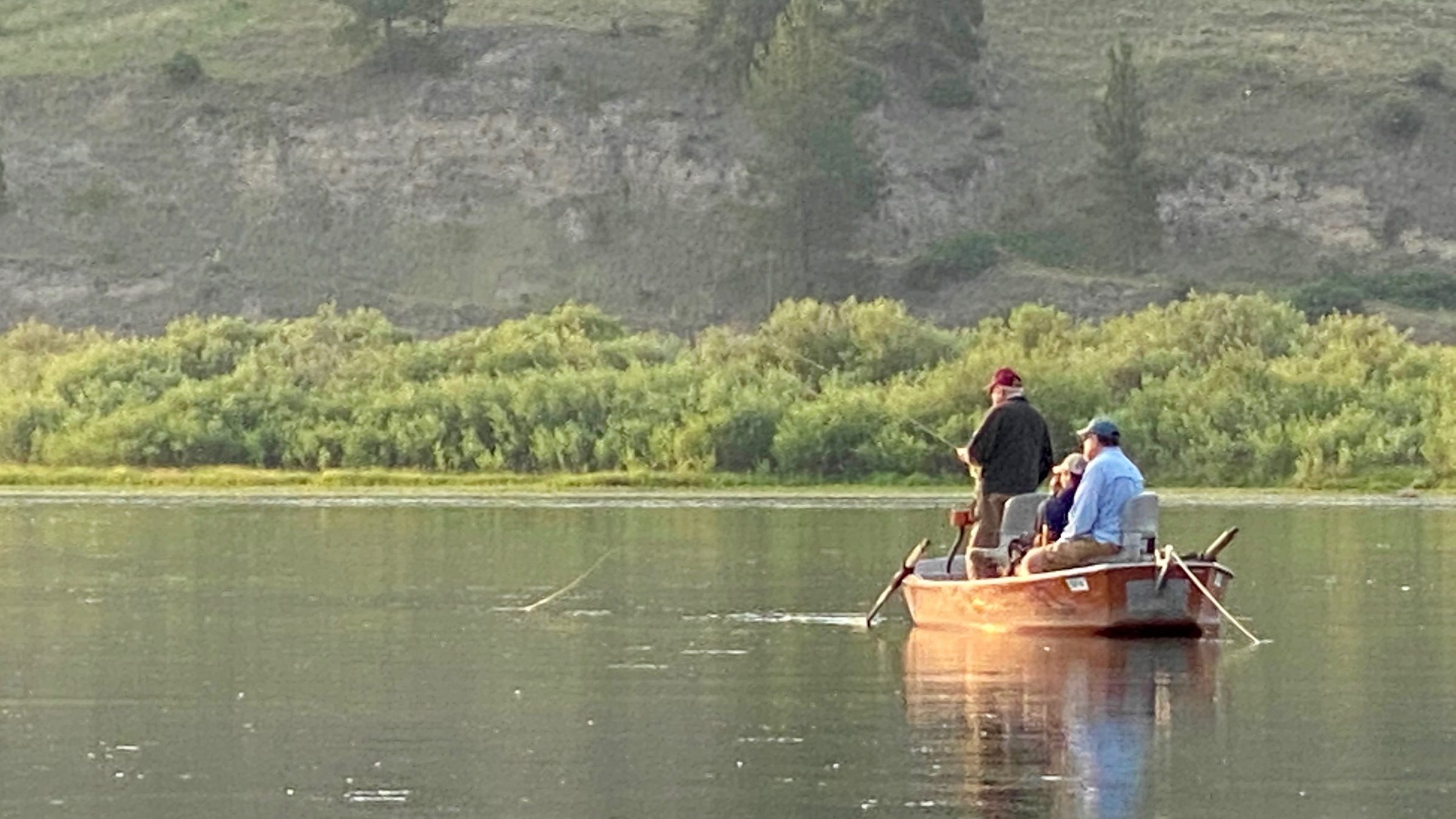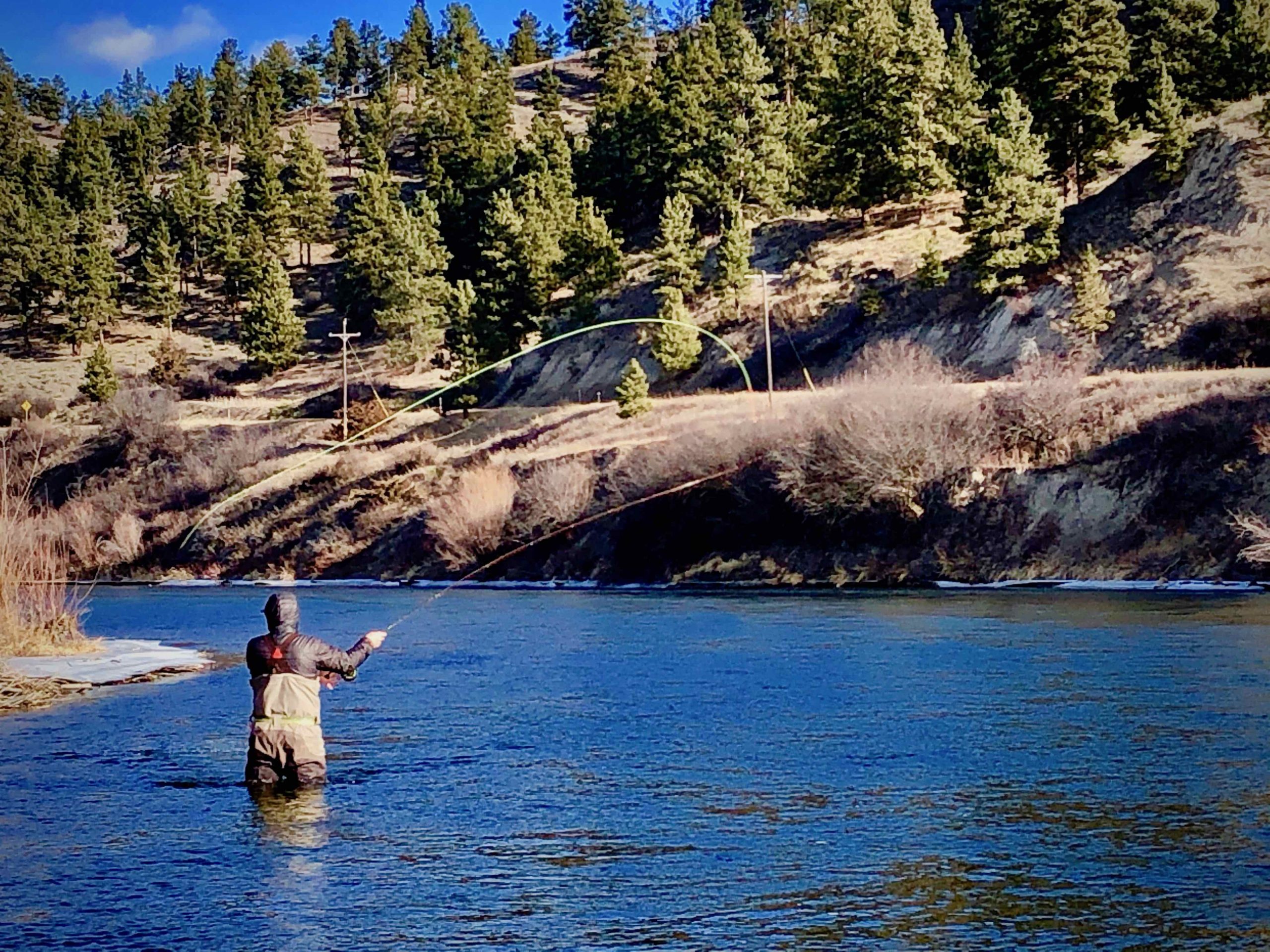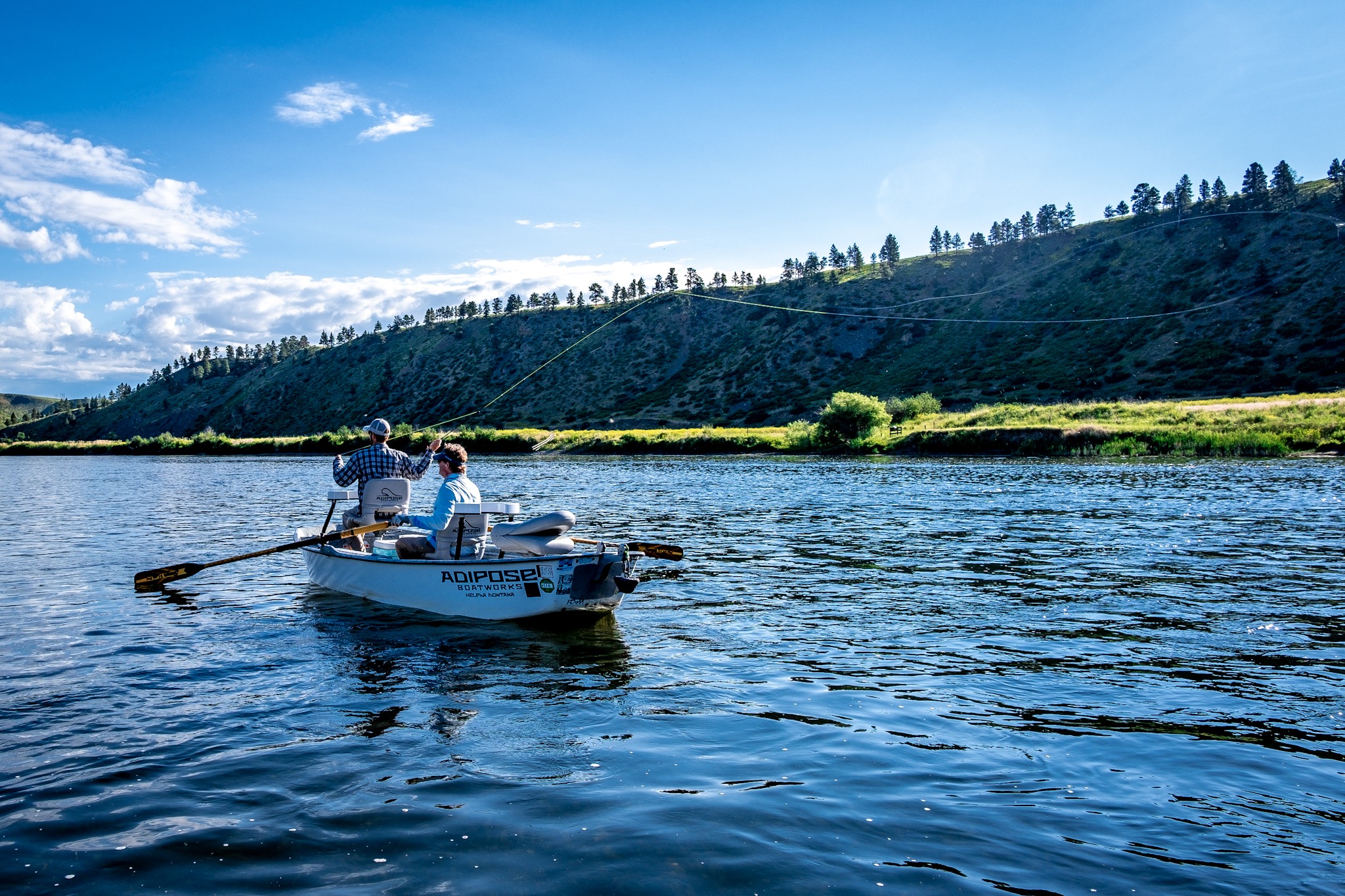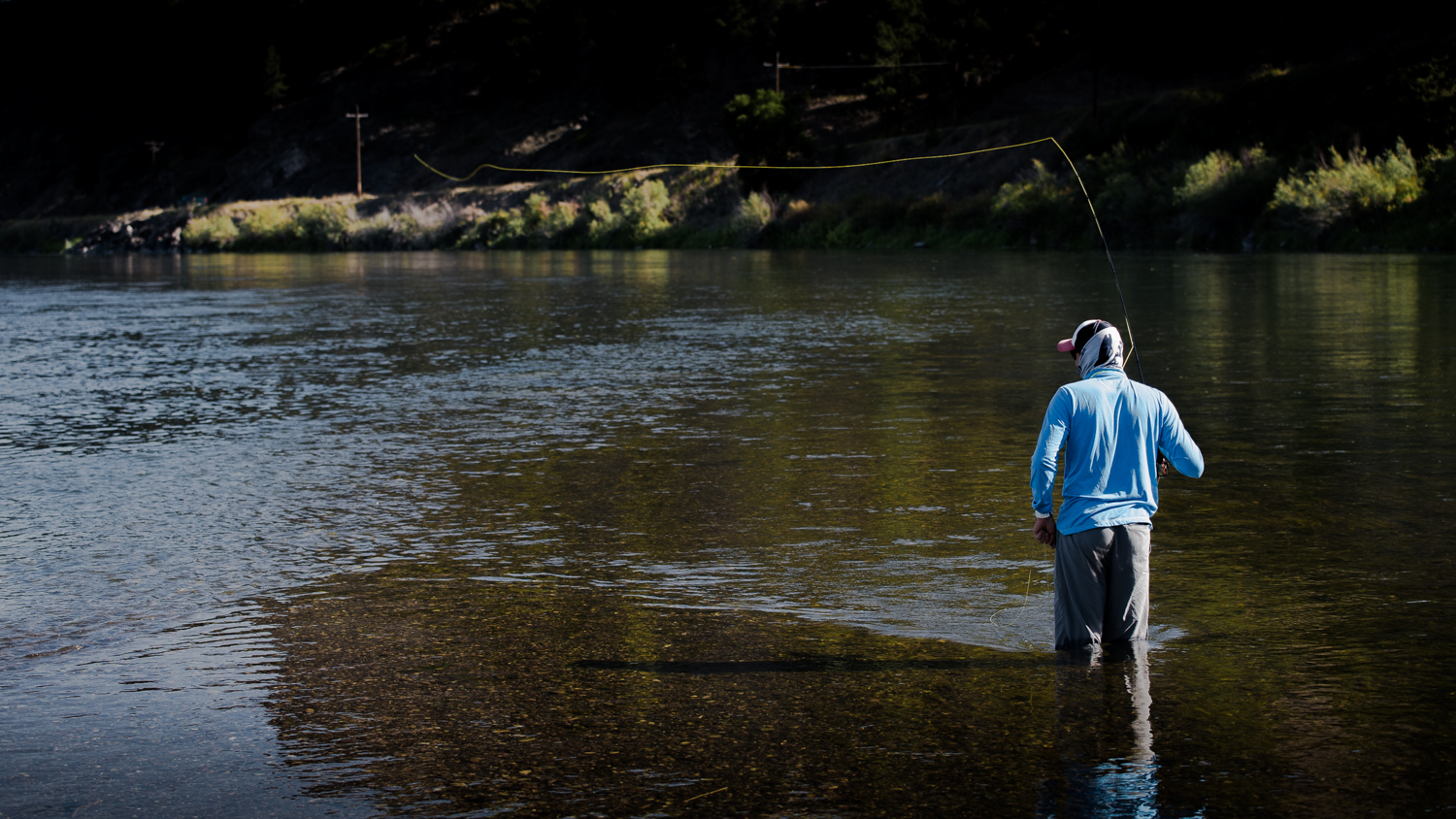MLB Pitch Clock vs. Dry Fly Trout Clock
Ahhh, an interesting dichotomy.
As many of you know, MLB fans, that there are some rule changes this season around the league. A pitch clock has been installed for the speed of the game. To keep the game moving, provide more offense, and keep the game time below 3 hrs. More fan engagement, more excitement. Same amount of baseball, less standing, waiting, fooling around between pitches.
Keeping the flow moving forward.
Opposite of this rule, is a rule in dry fly fishing, that many anglers do not adhere to. Ever.
Keeping the game moving forward, eliminating useless downtime, and keeping fans engaged. The reasons of the MLB Pitch Timer. Lessing the time between action.
Not true in the dry fly game. The more time spent prepping, watching, understanding the equation before you cast is crucial for dry fly hook rate.
I could go on at length, 2000+ words on this one, but not needed on this topic.
The big issue here is those who rush right in and cast wildly without making a plan. I promote making a small business plan before casting at each target. An attack plan. A plan that includes doing some prep. Some learning before you make the kill shot. An approach that would work with big game hunting including 1 one kill shot.
I have often used the analogy of an elk hunter. The question is this “How many practice shots do you make at the elk, or around the elk, before you make the kill shot? 27? 47? Over 100? These are practice shot numbers many self titled dry fly experts make at a rising trout. Then, ask the inevitable question to find standing by, or guide in boat…I don’t think he likes this fly?
That is an uneducated or ignorant angler. The big problem here is that many of this type of angler does not learn from his mistakes. Approach another trout? Same technique. Get in there fast. Do not measure cast lengths, current patterns or drift type, do not survey the rise form, do not watch, do not wait, do not understand the situation at all…just get the fly out there as quickly as possible, and make wild casts guesses, once again, over and over and over again.. Guess. Guess again shooting line. Guess again, shoot line, strip in a different amount and shoot again, and repeat, repeat, repeat. Not using any info from the previous cast or drift, just do lots of guessing. Again, and again.
Guess the cast quickly, rapidly, repeatedly.
Those who guess, rush in, do not measure the correct amount of line, who do not make practice drifts or casts beside the target, those who do not understand the objective (the entire process, the small techy steps to provide for success), those who repeat the process that did not work the previous 7 rising trout attempts, do not catch many.
The reasons you hook more if you size up the each and every rising fish situation
- More hook ups.
- Understanding the way the trout rises is important. The fish may move back and forth 2′-4′ between rise forms. He may not move. He may only rise towards the right, or left. He may be eating subsurface with only his dorsal breaking the surface. Take a couple minutes and watch. You will learn about each and every situation. You do not have to cast blindly. The visual indicators are there to be seen. Use your eyes. Use your ears. Use your body, your Chi, your mind. Feel it. Observe. Learn. Be patient.
- Wait and watch.
- No prize for putting the trout down quickly. Never.
- Enjoy the moment. This is why you are here, dry fly anglers, to enjoy and learn and experience the wonder of fish taking small flies from the surface. Don’t rush?!?!? Why would you do that? Enjoy the moment!
- Old Bull, Young Bull Story. If you don’t know it by now, look it up. Spoiler: Old bull always wins.
- Takes significantly less time to do the prep on the front end of the equation, that to guess, guess, guess, and change flies, and guess again, and toss the fly without direction, or a plan. If you want to catch the trout, do the prep portion, and do not skip it. Just like business. Guess a bunch first. It almost always works. Do not take in important info in biz, just guess a lot. And if that does not work, guess some more. Just throw more money at it. Lots more. Cast more, quickly, rapidly, without concern. Tried and true man. That is how business and dry fly fishing works? No?
- A measured approach is always better than the guessing approach.
The practice period, always important, when sizing up a new rising fish, a new spot or location, is the most important part. The mini practice drift session. The watching. The understanding. The conversation between anglers. The plan of attack is damn I’m portent. Far outweighs any perceived advantages of casting wildly anat the fish. Always.
I believe many dry fly wannabe’s get too excited. That is fine. Quell some of that fever, passion, and use it for the good of the game. Do not let it consume you. Breathe deep, watch, LISTEN, learn, be calm. Watch. Learn. Most do not take the info learned from the previous situation and apply it to the current playfield. Nope. Many, most, stand up, and start wildly casting to get the fly to the trout quickly. No awards fro those who put the fish down as quickly as possible. And sadly, that is the MOST COMMON OUTCOME for those who follow this path described here.
Dry Fly Casting Clock
I believe we need A Casting Clock in the technical dry fly fishing world. It would work like this. After the anchor has dropped, or the wade angler is in the correct place, the clock starts. It ticks for at least 2 minutes before the angler can make the first cast. The first cast cannot be aimed at the trout. If you are experienced, and like to catch trout on a dry fly, the timer can be set at 5 minutes before the first fly interaction. Those who catch more trout, opt for the longer period.
If you cast before the two minute timer dings, you gotta jam a San Juan Worm in your lip. And be stoned by millions of Thing-a-mabobbers. But you’ll have time for this, because you put the rising fish down. So it’s all good man.
The patience game is imperative for those who enjoy using the net when dry fly fishing. #1 mistake for those not in tune with the rhythm of the dry fly game? Rushing into the situation. Blindly casting at using trout. Not measuring the line. Not taking the moment or two to witness what is happening in front of their eyes. Not seeing/watching the trout rise. Not seeing the fly line and fly drift near the trout. Not understanding the caster shadow on the water or trout. Not using VISUAL CLUES to help you catch the fish. Disregarding all that can help you, tossing that info out the window, and just getting after it! Cast now, what are you doing? Faster!
So, if you are that type of angler, impatient, so good you do not need to do the work, the prep work, too good to read the temperature of the room, then you just wasted your time today reading this blog. For you, go out there and catch some dinner. Quickly. What are you waiting for?
For the rest of us we must do the work, put in the time, understand the objective. Understanding the situation, the equation, waiting for the timer to expire, and then moving forward…congrats. You are on the way to more trout. To greater education. To more fun dry fly fishing.
Are you ready to implement the Casting Clock? I am. Almost all of the dry fly anglers I fish with use their internal clock. They wait, learn, watch, sit, and discuss before the approach to the trout. The goal for that type of angler is to catch the trout. The goal of the other type, is to put the fish down as rapidly as possible. And boy have I seen it. A reminder here too for that angler…IT’S NOT THE FLY SIR. IT’S YOUR BAD CASTING & DRIFTS THAT NEED THE WORK. IT’S YOU MAN. SLOW DOWN. DO THE WORK. BE PATIENT.
In this world I gotta lay out a disclaimer. Such bullshit. This is, this article, for those serious about dry fly angling success on a technical and often difficult situations. This is not for the 3 day a year angler who fishes with a guide, our guides or otherwise. Keep on fishing as you do. I have no problem with that angler. Many modern anglers want to catch fish w/o the learning component. This is aimed at the angler who wants to get better. This is for those who ask, “How can I get better at dry fly fishing Montana’s Missouri River?” Or the Henry’s Fork. Or the Delaware. Or other spring creeks and similar heavily pressured rivers.
A dry fly casting clock. I am certainly gonna employ it this season for those who need it. What do you think? How about you? Or your friends? Will they need it, employ it, use it to increase hook up rate?





10 Comments.
Truth!
Other new rules that would favor the fish. Ban the shift and make everyone fish from downstream of a rising fish.
Limiting the throws to first, only 3 casts at any fish.
I also think every fisherman (He/She) should have walk-up music before their first cast.
Great article Mark.
Thanks Ken.
Robert traver covered this over 60+ years ago. Hoarding the cast
Awesome. Ohhh no Dan, as you well know, not a new concept. Forgotten by many, most, but not a new concept. Catching fish requires patience. Kinda like hunting?
Excellent article as always. Yes I find that the fish on highly pressured waters get very skittish especially after you drop the anchor (even if gently). They know you are there for sure. On the Delaware we call this pause “letting the fish get comfortable”. Only issue you have is if the fish is not rising consistently you might need to hit them quickly. However usually the fish will be done for a bit and then come back.
I just did a dry fly, match the hatch program of fishing central pa for our local PHW group. I didn’t know you were in the audience as you hit every point and I mean every point one needs to be successful in the dry fly game. Thanks for a excellent spot on piece.
I guarantee i dont need 2 minutes to decide what riser to cast to and how on my rivers,i already know from 40 years past what flys will work on what days.I wont be fishing a salmonfly in febuary.The guide puts me on risers its lights out.I spent decades fishing winters on weber,ogden,provo .blacksmith,logan all midges or small blue wings,many days catch as many as i want whitefish and trout.I have fished herrimans back in the 1980s ,pmds for a month on nice rainbows the green below the gorge on midges in the 1980s.I have caught more fish on 6x or 7 x than anyother tippets 5x is goatrope to me but i will use the heaviest tippet that will get bit.live in kemmerer in the summer fish the green river everyday still good pmd or caddis hatches size 18-16.I used the same rod a sage rpl3 9ft 5 wt made by dave scadden for over 30 years i know exactly where it will land on the first cast.Guides,lol they crack me up,i fish almost everyday to risers guides they mostly oar a boat and get upset at greenhorns.Stick to your heavy nymph or a chernobyl dropper rig game its far more effective for you and your clients who most cant cast 15 feet.I will be fishing the provo on midges this whole week as i did yesterday,no clock shot will be needed but the fish would definitely want one put on me.
Great blog Mark. You’re right on, as we used to say in the 70’s.
I think it was Mike Lawson or someone else that said, and I’ll paraphrase: “your chances of hooking and landing a selective rising fish go down exponentially for every cast you make”. i.e. your first cast is 100%, the second is 50%, the third is 25% and so on. You do the math, but pretty quick you’re close to zero, no matter how many times you change flys, tippets, and leader lengths.
I love your analogy to baseball, I always think: three strikes and you’re out. Try to be a big league pitcher, take all the time you want, and make every cast count. An analogy can also be made to real estate: location, location, location. In techical dry fly fishing its all about: “presentation, presentation, presentation” and that’s my quote.
As Forest Gump said: “and that’s all I have to say about that.”